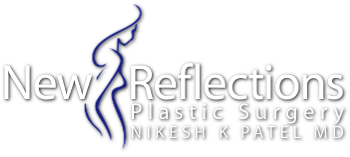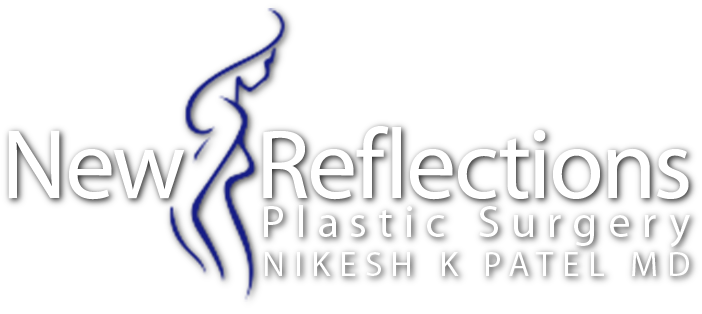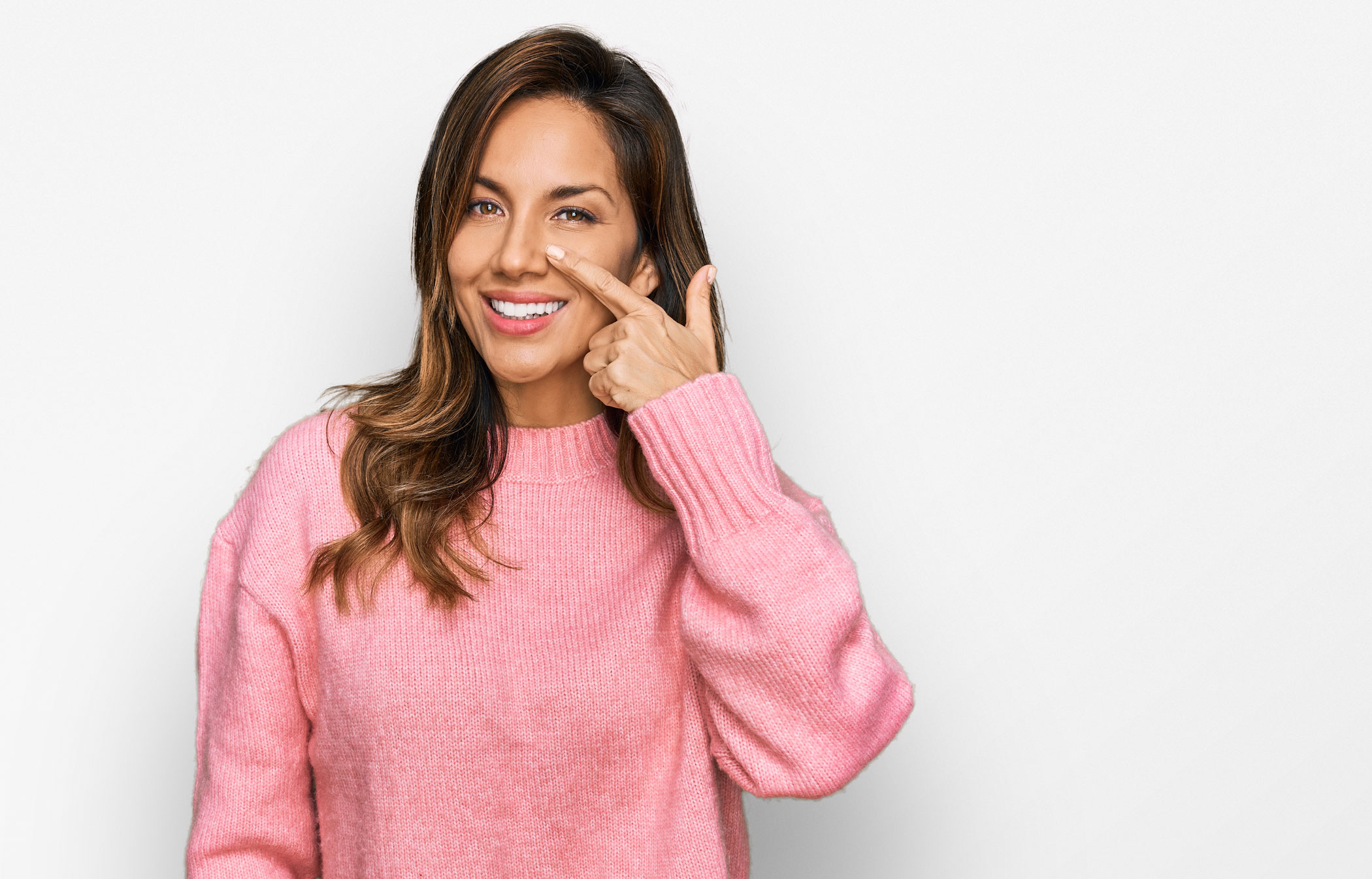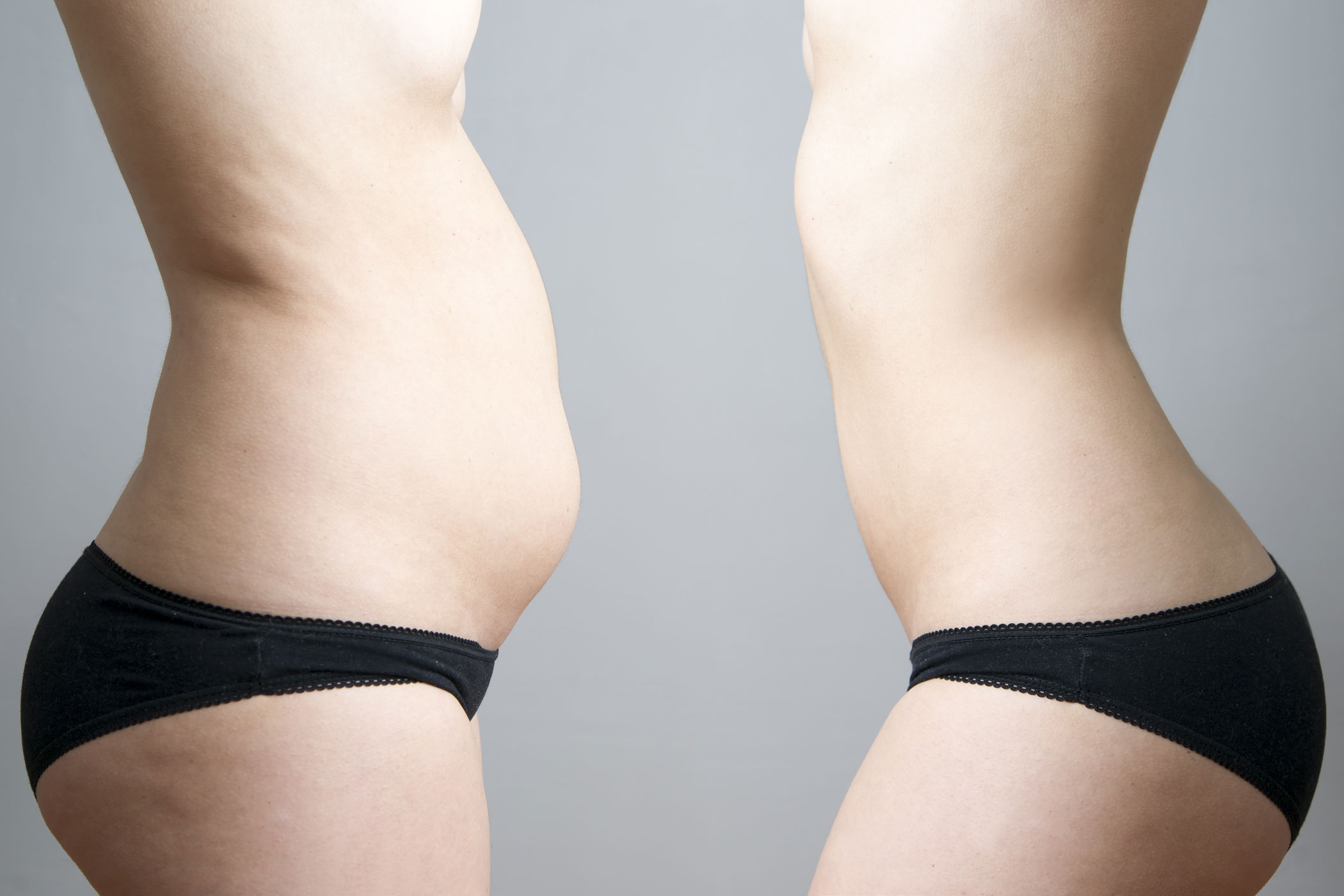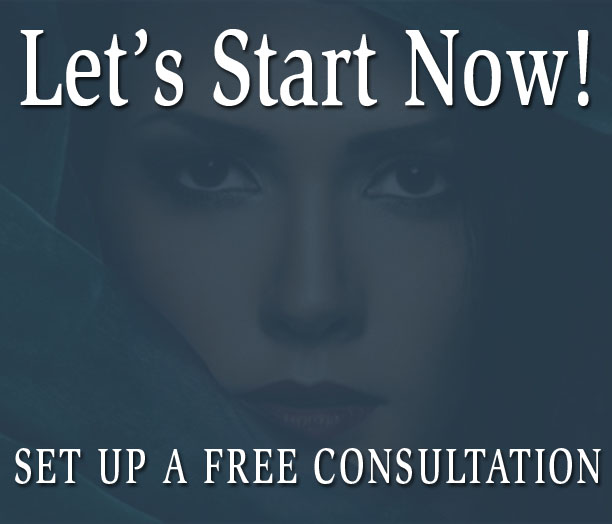If you’re unhappy with your nose’s size, shape or proportions, rhinoplasty may be the right solution for you. This cosmetic procedure, commonly called a “nose job,” can transform the look of your nose and balance out your facial features. According to Dr. Patel, a dual-board certified and talented facial plastic surgeon in New Jersey, let’s cover what to learn what specific issues rhinoplasty can treat.
With over 15 years of experience specializing exclusively in facial cosmetic surgery, Dr. Patel deeply understands nasal anatomy and how to tailor each rhinoplasty to complement a patient’s unique bone structure, skin type, ethnicity and individual beauty goals.
Commonly Requested Changes
According to facial plastic surgeon Dr. Patel, some of the most common goals that his rhinoplasty patients wish to achieve include:
Removing a Dorsal Bump
Many patients visit Dr. Patel looking to smooth out a prominent “bump” on the bridge of their nose for a straighter, more uniform profile. This bump is composed of excess bone and cartilage along the dorsum or center line of the nose. Strategically removing this tissue’s precise amount and shape allows Dr. Patel to sculpt an elegant nose that appears symmetrical from the front and refined in side profile.
Refining a Bulbous Nasal Tip
The tip of the nose is a common area of concern for rhinoplasty patients. An overly rounded, wide or bulbous tip can indicate excess cartilage in this area. Dr. Patel can carefully trim and shape this cartilage using specialized techniques to reduce bulbosity and define the nasal tip for a slimmer silhouette with more desirable projection and rotation.
Narrowing Wide Nostrils
Some patients present with nostrils that appear disproportionately wide or flared for their face shape. Dr. Patel will assess the underlying nasal anatomy to determine if the base is too wide. In such cases, he can perform steps like alar base reduction to narrow nostril width for better balance with the rest of the patient’s features.
Correcting Crookedness
Facial trauma, sports injuries or imperfect growth can all contribute to a visibly crooked or deviated nose. This asymmetry is aesthetically disruptive and can obstruct airflow and breathing on one side. Rhinoplasty can refine the nose by straightening the nasal septum and adjusting other anatomy.
Lifting Drooping Nasal Tips
Over time, the nasal tip can begin to droop due to the effects of aging and gravity on the nasal structures. Known as a ptotic nasal tip, this can create an appearance of looking perpetually tired or unhappy. In rhinoplasty, cartilage grafting or suturing methods applied to the lower third of the nose can lift the tip for a more youthful contour.
Fixing Obstructed Breathing
For patients with chronic nasal airway obstruction or breathing impairment, rhinoplasty techniques can rectify issues like deviated septums. Straightening the nasal septum and trimming enlarged turbinates improves the airflow on both sides of the nose, allowing for much easier breathing.
The Rhinoplasty Process
Here is an outline of what to expect from Dr. Patel. Everything starts with the doctor, who has his hand in every step, assuring you never feel unattended through the entire process and beyond.
Initial Consultation
During your initial visit with Dr. Patel, he will spend time:
– Evaluating your nasal anatomy and facial features
– Discussing the improvements you wish to achieve
– Explaining surgical options customized for you
– Showing computer imaging of anticipated results
– Answering any questions you have
Preparing for Surgery
If you choose to proceed, Dr. Patel’s team will:
– Provide detailed pre-operative instructions
– Prescribe any needed medications to support comfort and healing
– Arrange a convenient date for your procedure
The Rhinoplasty Procedure
Dr. Patel performs rhinoplasty as an outpatient procedure under general anesthesia or IV sedation. The surgery typically involves:
– Making small concealed incisions
– Reshaping nasal cartilage and bone
– Carefully restructuring the nose for aesthetic balance
– Precisely suturing incisions closed
Recovery & Results
Within about 1-2 weeks, you can return to lighter daily activity
– Bruising and swelling subsides gradually over the ensuing months
– Strenuous activity should be avoided for around one month
– Most patients see noticeable improvements in just weeks
– Final refinement and balance become apparent over 12 months
Follow-Up Care
Dr. Patel schedules follow-up visits to monitor your progress and ensure optimal healing. You’ll also have access to Dr. Patel and the New Reflections team should any questions or need for additional care arise.
Is Rhinoplasty Right For You?
If you want to learn more about how rhinoplasty can help you achieve your aesthetic goals, schedule your free consultation with Dr. Patel in Freehold Township, New Jersey, today. Call the New Reflections Plastic Surgery office at (732) 354-3792 or request an online appointment here.
Frequently Asked Questions
What is the recovery like after rhinoplasty?
Dr. Patel utilizes advanced minimally invasive techniques to reduce discomfort, swelling and downtime associated with rhinoplasty. Most patients return to non-strenuous work or school after one week. Swelling continues to gradually subside over several weeks to appreciate the refined nasal contours fully.
How long do the results last?
With an experienced surgeon reshaping the bone, cartilage and delicate soft tissues of the nose, results from rhinoplasty are permanent. The structures that make up the newly enhanced nose still age gradually over decades, just like in a nose that’s never had surgery.
Am I too young for rhinoplasty?
Rhinoplasty can be appropriate for young men and women bothered by the appearance or disproportionate size of their noses. However, Dr. Patel advises teenagers to wait until nasal development has finished to allow for the best surgical plan and outcomes.
Does insurance cover this procedure?
If medically necessary to improve obstructed breathing caused by a deviated septum or similar issue, insurance may cover a portion of the surgery cost. Out-of-pocket fees still apply if cosmetic adjustments are performed in the same setting.
When will I see my final results?
While some improvement is visible early on, it realistically takes a full 12 months for all swelling to resolve and appreciate the balanced definition achieved through rhinoplasty. Dr. Patel shows patients advanced computer imaging of their prospective results during initial consultations.
